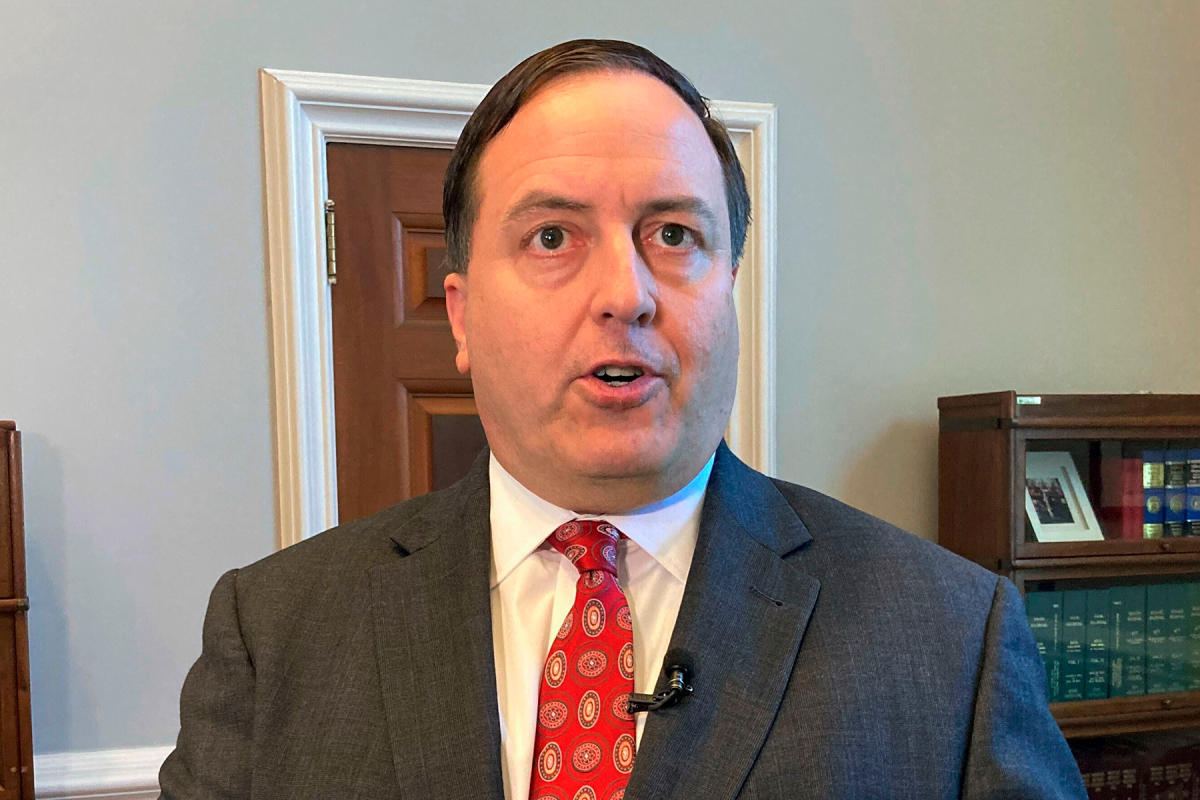The capital region is one of the deadliest areas for pedestrians in the country, a new report has found.
During a five-year period, 377 pedestrians died, landing the Sacramento-Roseville-Folsom metropolitan area the 20th spot on the Smart Growth America’s 2024 list of the most dangerous places for people on foot.
The hundreds of victims include Terry Turner, 44, a cherished older brother and a father of three who was hit and killed in Meadowview. Jonathan Moran, 17, was hit and killed on the sidewalk on Stockton Boulevard. Ann Daum, 68, was hit and killed in Hagginwood. Her family wrote in her obituary that she loved fashion and her truck.
In the previous five-year stretch from 2013 to 2017, another 238 pedestrians died.
Only four California locations outranked the capital region. Stockton is the 19th-deadliest, the Riverside-San Bernardino-Ontario area came in 12th, Fresno was seventh and Bakersfield was the fourth deadliest in the country, with 3.99 deaths per 100,000 people.
As traffic-related deaths have climbed nationwide, the fatality rate in the Sacramento-Roseville-Folsom area has surged. Between 2018 and 2022, the average annual pedestrian death rate was 3.15 deaths per 100,000 residents. Smart Growth America, a non-profit organization focusing on strategies in community development, found that the California capital area was the 27th-most-dangerous place in 2022 with an average of 2.53 pedestrian deaths per 100,000 residents.
The death toll is striking, said Sacramento County coroner Rosa Vega. She created a public dataset of motor vehicle deaths that shows more than 70 pedestrians died in the county in 2022 alone. Her published records show that more than 20 of those pedestrians were killed on surface streets in the city of Sacramento that year
The most basic takeaway from the coroner’s data, she said, is: “Wow, there’s a substantial amount of deaths.”
The city of Sacramento has identified a “high-injury network” of surface streets where the most deaths and serious injuries occur. Terry Turner, Jonathan Moran and Ann Daum were all killed on the high-injury network, along with the majority of people who died while walking on city streets in 2022.
Other municipalities have shown that the vast majority of traffic fatalities are preventable: Slowing down traffic reduces the frequency and lethality of crashes. On city streets in Sacramento, the permitted speeds can often be fatal. A study in Accident Analysis & Prevention found that when a car traveling at just 32.5 mph strikes a pedestrian, the average risk that the person on foot will die is 25%. At 40.6 mph, the average risk that the pedestrian will die is 50%.
Madison, Wisconsin — one of the safest places in the report — has begun reducing speed limits on some neighborhood streets to 20 mph.
The Sacramento area has a pedestrian death rate four times higher than the Wisconsin capital city. And for hundreds of local families, that rate represents excruciating loss.
A hard life ended too soon on a dangerous road
Turner, a resilient father of three who grew up in Sacramento County, was fatally struck by a car on Meadowview Road and Henrietta Drive on Oct. 27, 2022. He was born March 23, 1978. He was 44.
Turner was born in Sacramento to Cheryl and Terry Turner. He grew up with two younger brothers: Anthony, the middle child, and Mandel, with whom he grew close despite a seven-year age difference. Terry was protective of his younger siblings, Mandel said. The older boy would take his brothers to play on the basketball court at North Country Elementary School in Antelope, right near the family home.
Terry brought one word to mind for his youngest brother: “Loyal.” Mandel knew that you could tell Terry a secret and he would never tell a soul. If Terry loved you, he would never say an unkind word about you.
The younger man tried to return the favor. Terry, Mandel said, “suffered a lot through life. And as his brother, it was kind of hard for me to watch that happen.” Terry did stints in prison, which isolated him from family and friends. He “made terrible decisions at times, and then he paid for it.”
Still, Mandel said, “As his little brother, I always kind of had his back.”
In the summer of 2018, Mandel drove to the Bay Area with his niece — Terry’s oldest daughter — and her young son so that Terry could meet his grandson for the first time. Terry was living in a halfway house in San Francisco at the time, readjusting to life after prison.
Terry could be a hard person to maintain a relationship with, but before he was killed on a road the city has identified as dangerous, it was important to Mandel to keep their ties alive. So he drove his niece and her baby to San Francisco. “I knew that it meant something to him,” Mandel said. “You know, that’s the reason why I did it.”
The visit wasn’t particularly long, and Mandel doesn’t even quite remember what they did. They probably got some food; they probably spent some time in the house together, just chatting. What he does remember is watching his brother hold his grandchild. He remembers the feeling, the togetherness. Just being able to spend time together.
Signup bonus from





